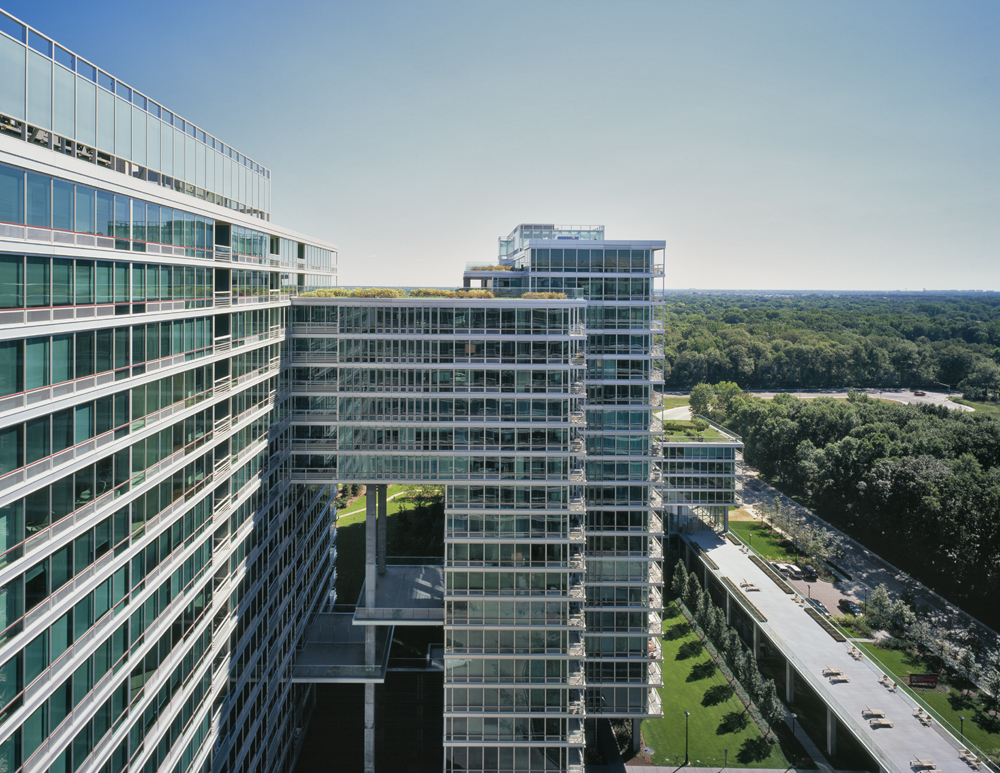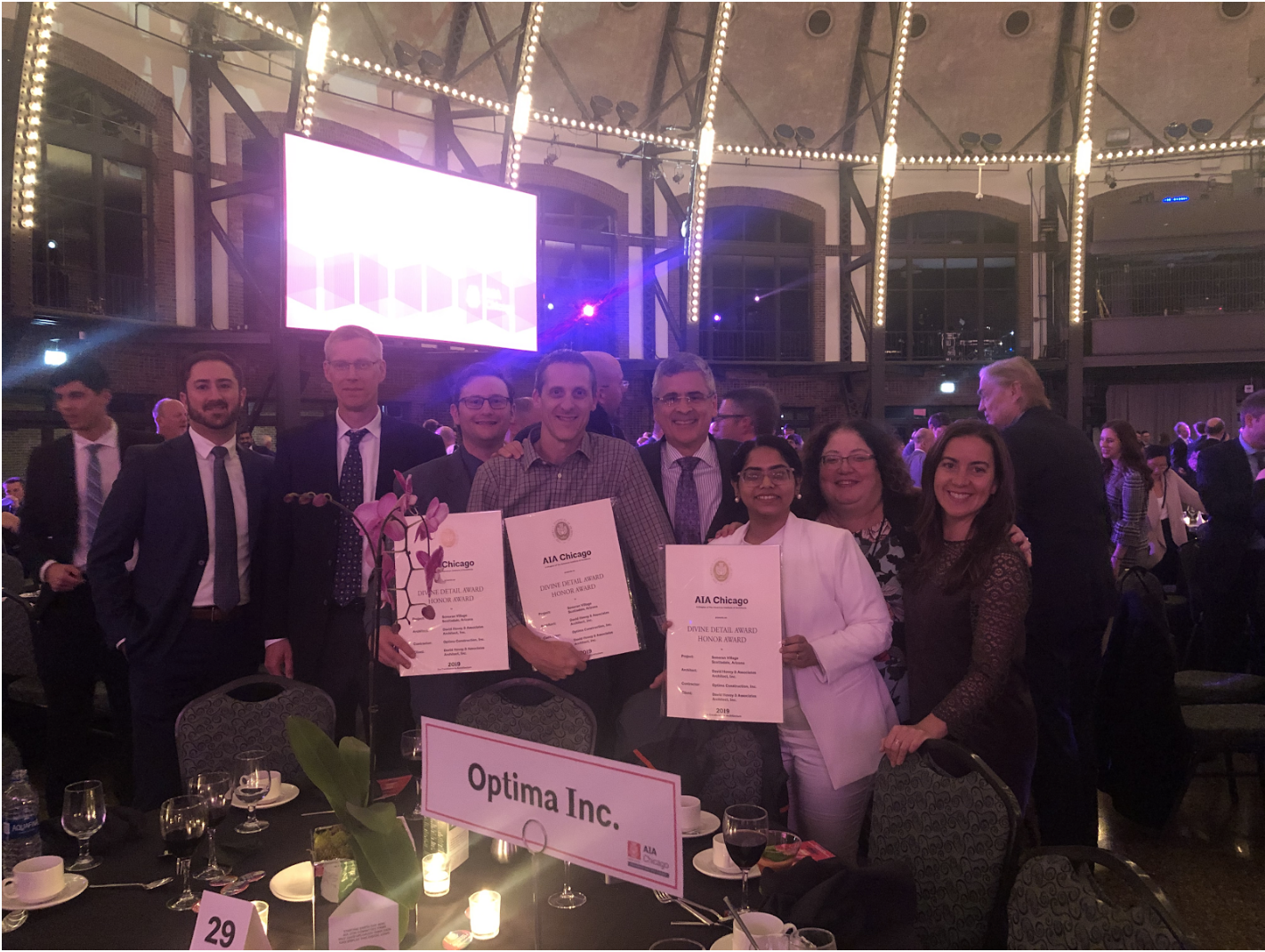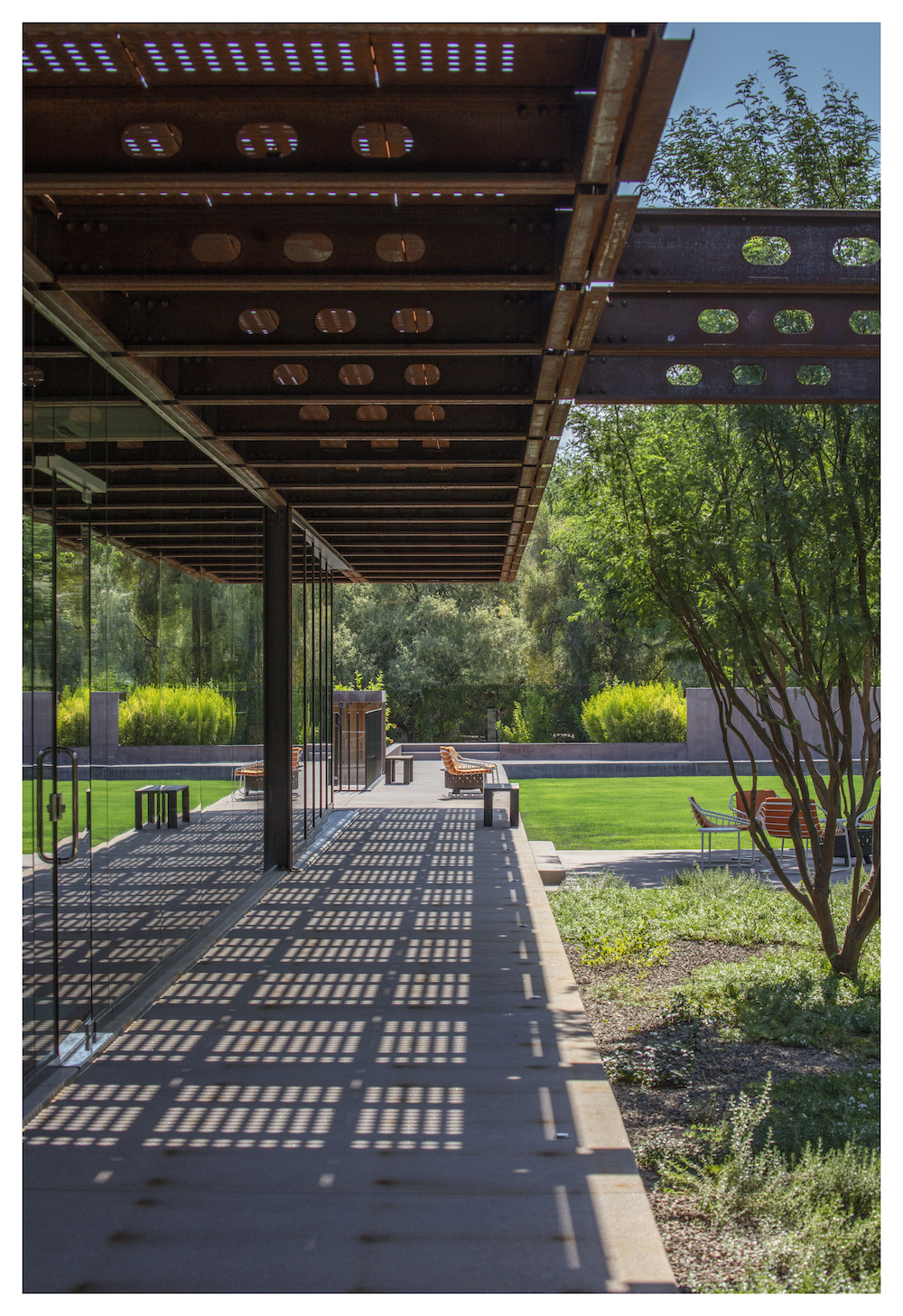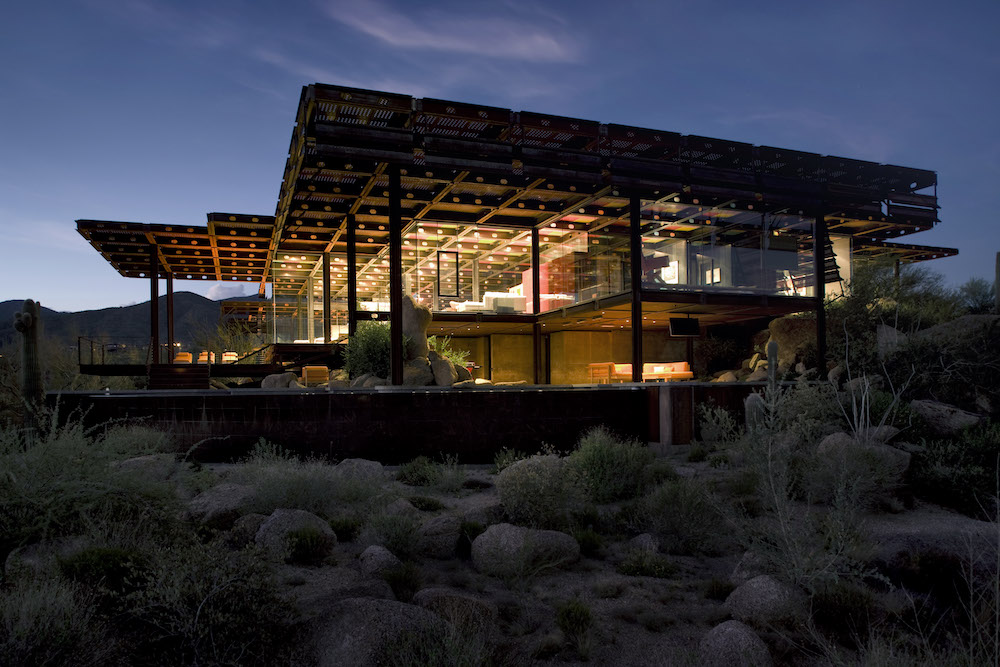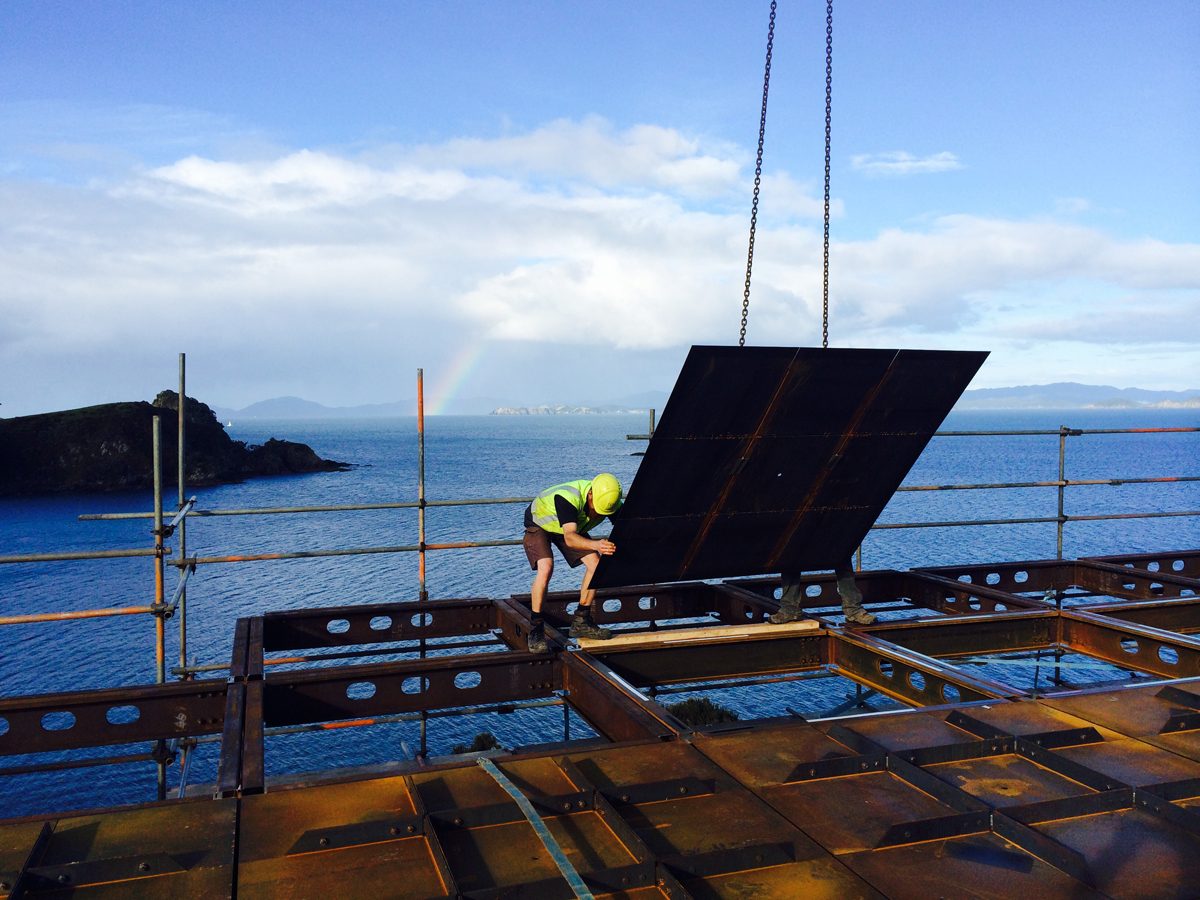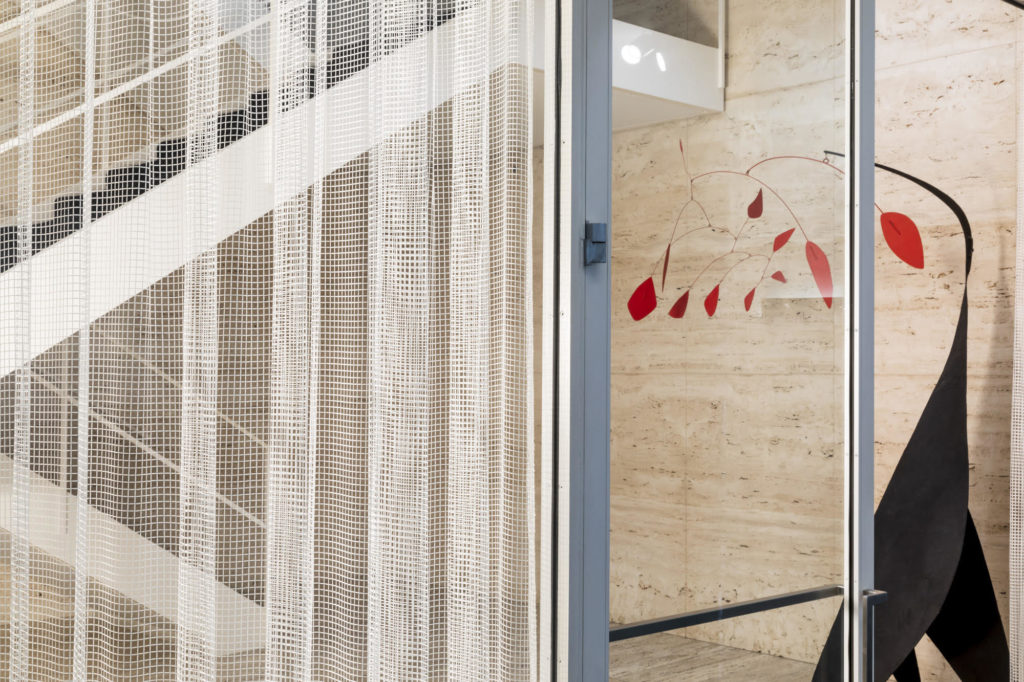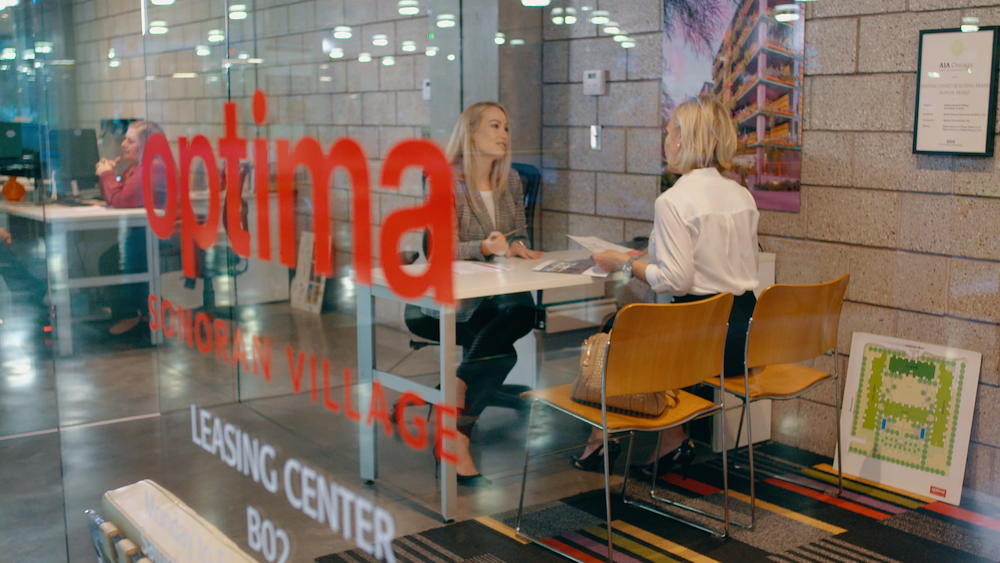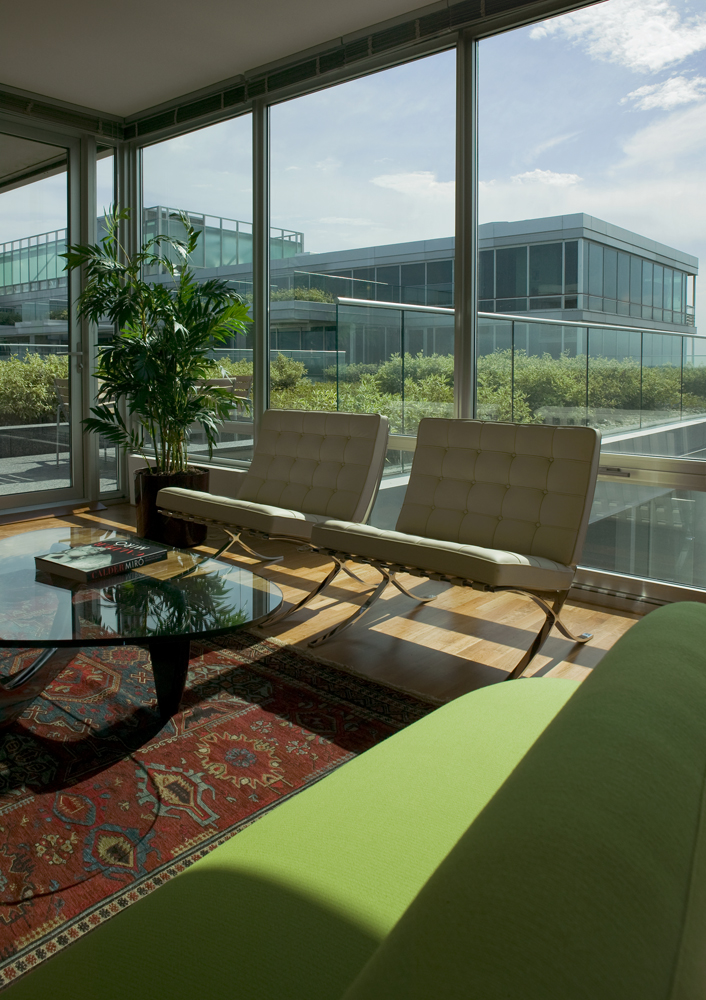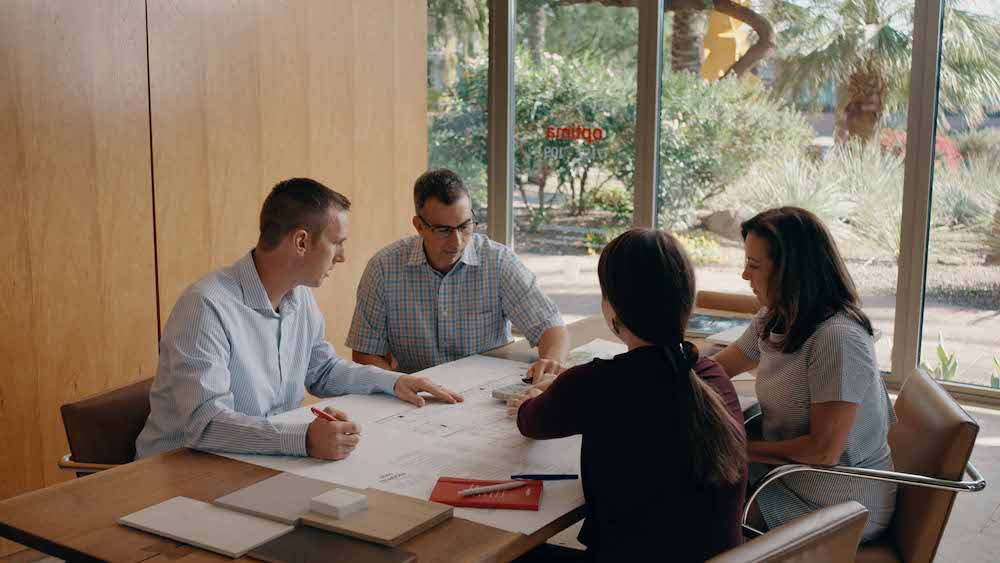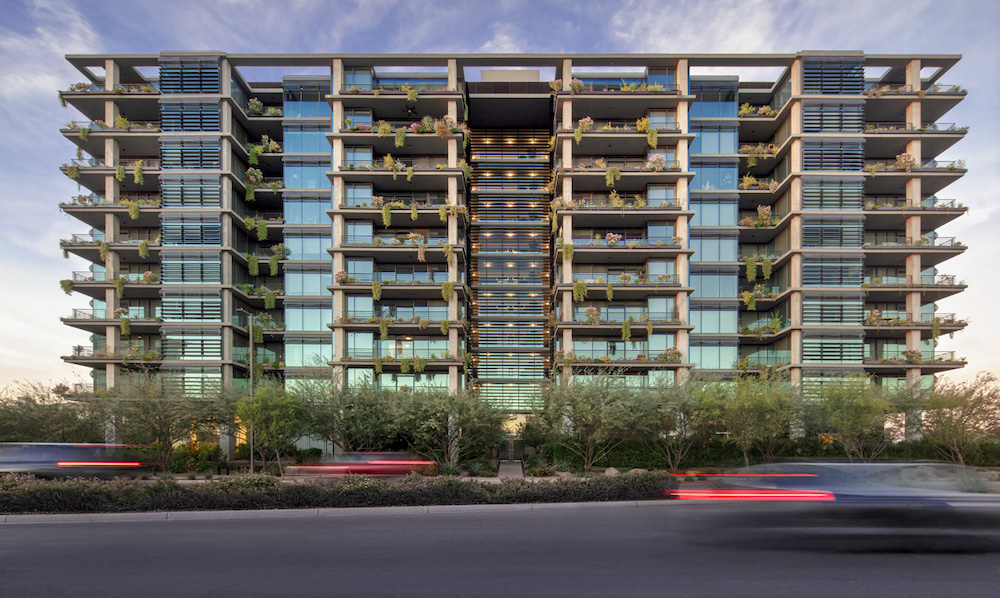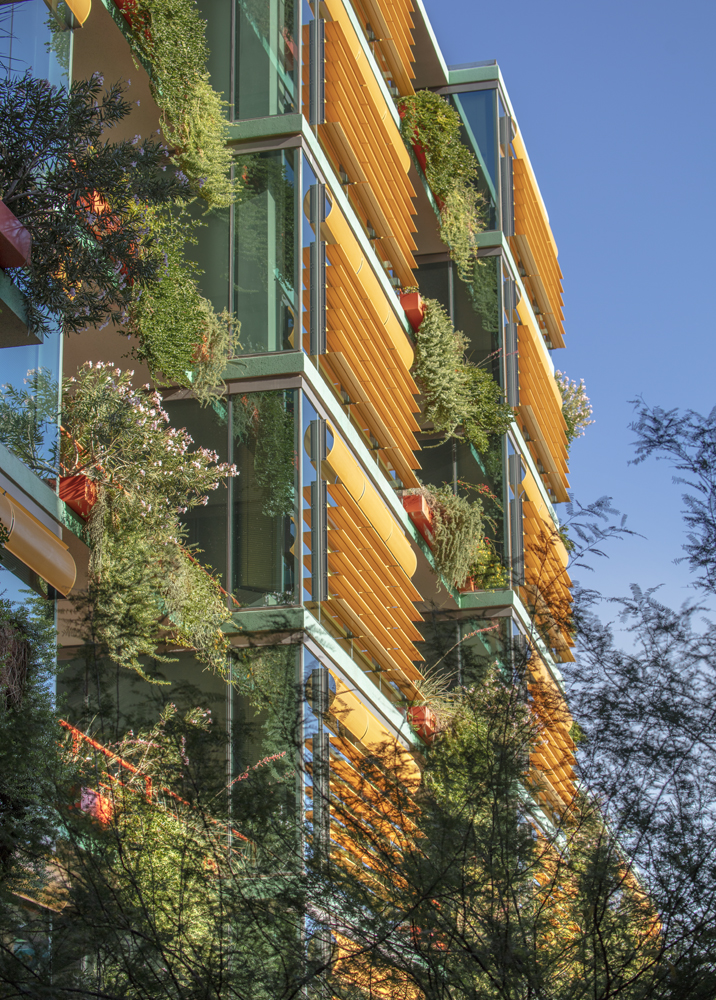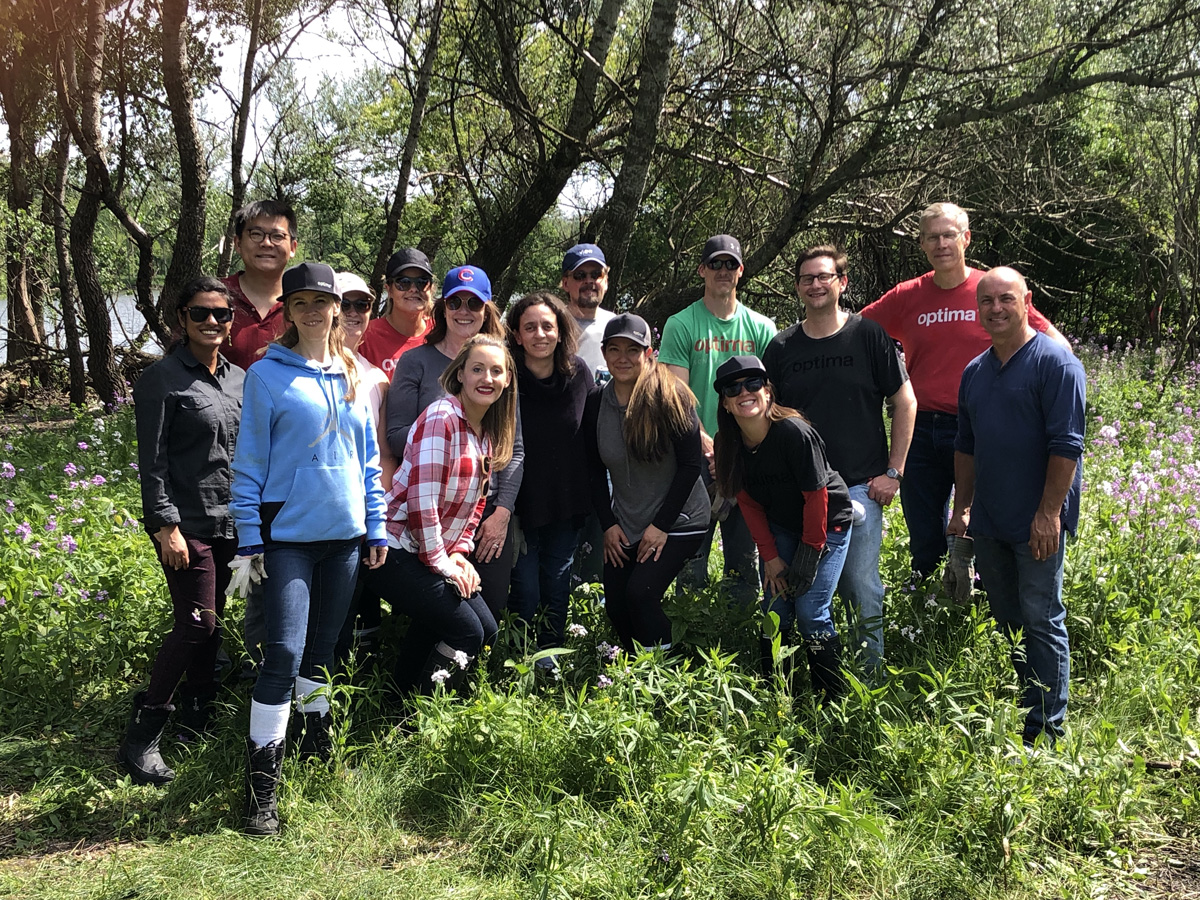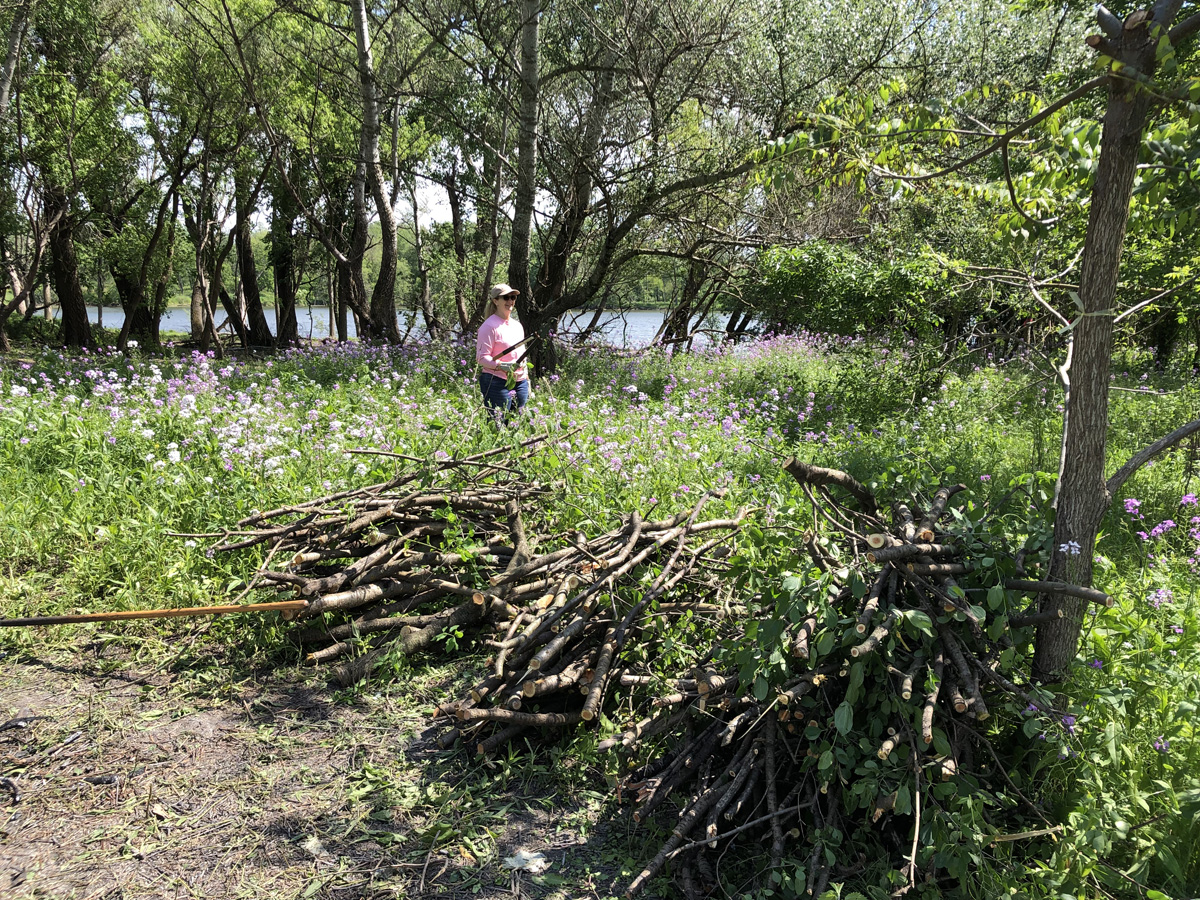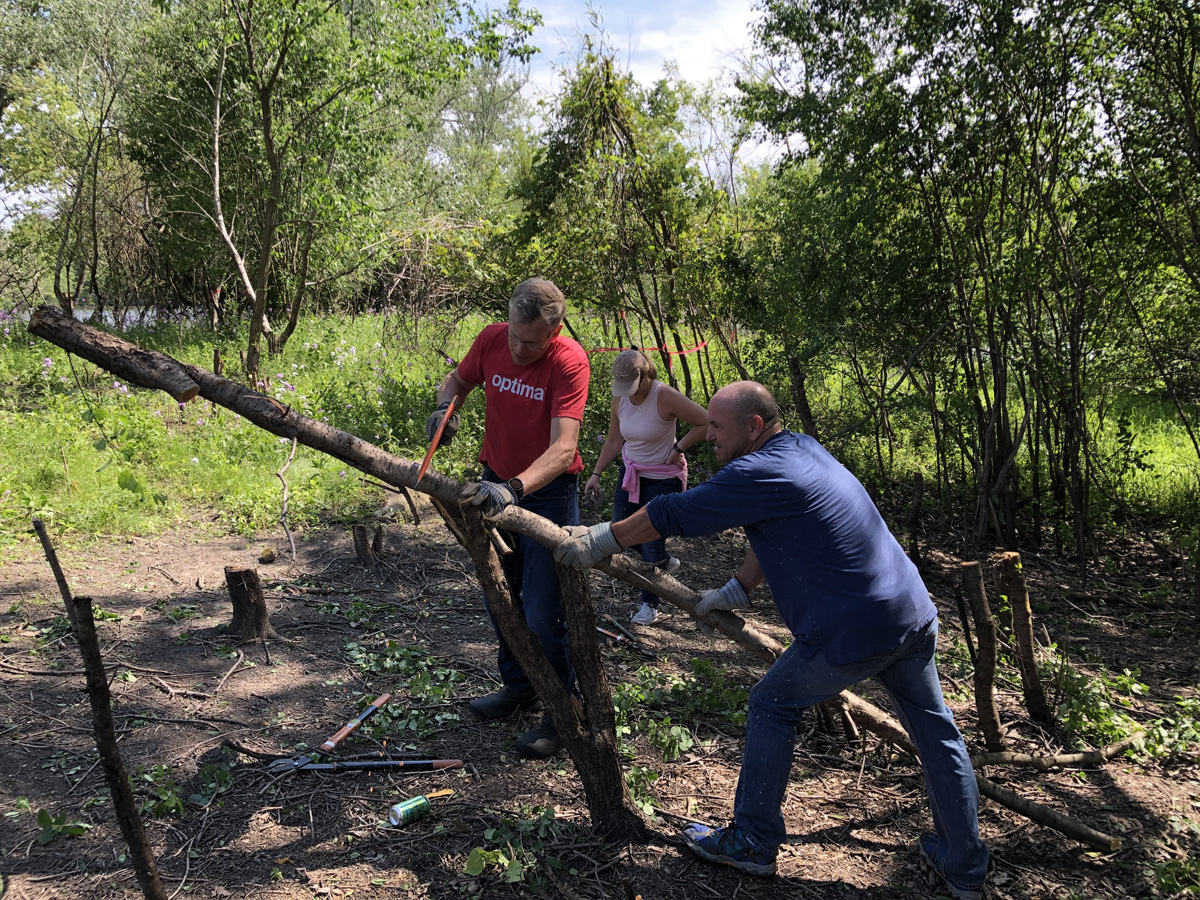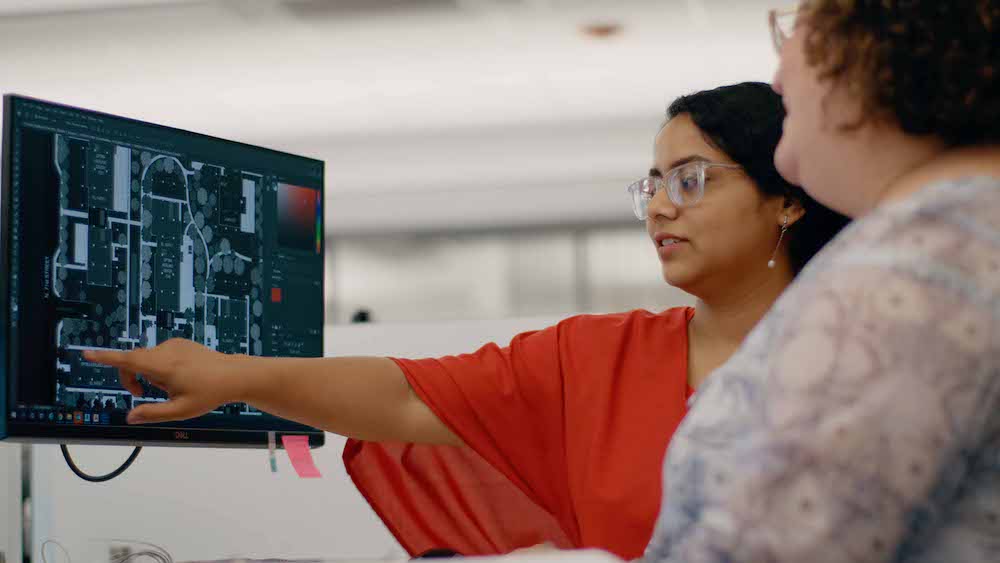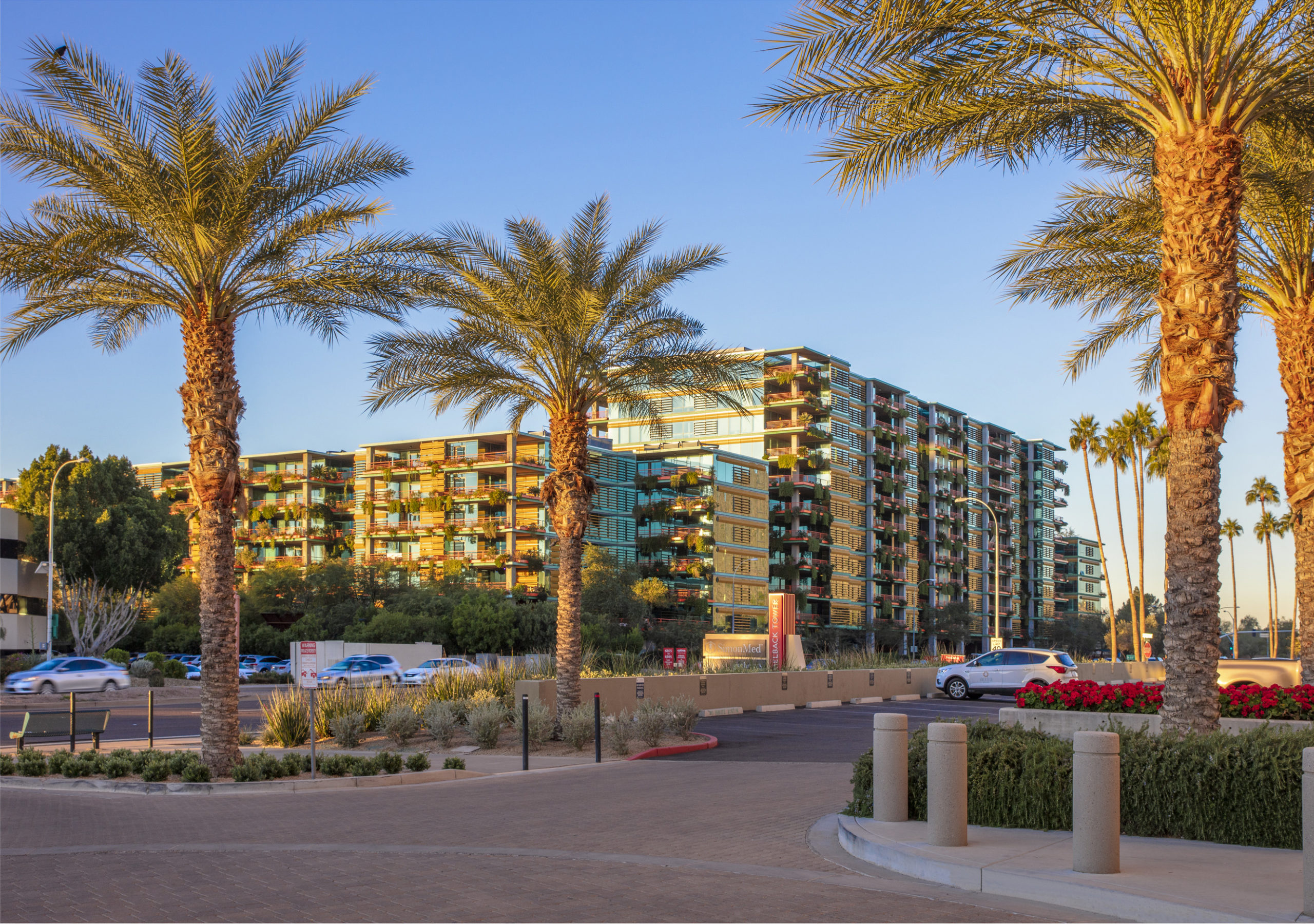Home to Optima Old Orchard Woods, Skokie, IL was once referred to as “The World’s Largest Village.” With easy access to nearby Chicago and ample transportation options, Skokie is connected to the urban while grounded in local community spirit. Here are a few of our favorite spots:
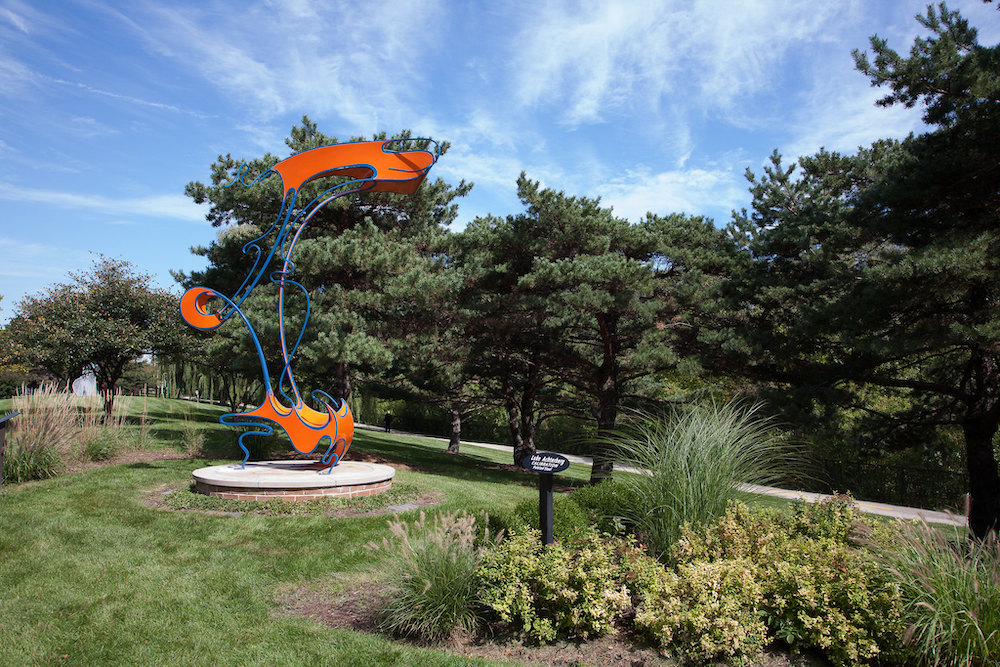
Explore Public Art in Skokie
At Optima, our appreciation for public sculpture runs deep — and Skokie is the perfect place to experience the medium. Running alongside the Chicago River is Skokie Northshore Sculpture Park, a two-mile long expanse of lushly landscaped walkways and bike trails home to over 60 sculptures. The sculptures come in all shapes, sizes and styles, and the garden even hosts a “New Turf” and “Young Artists” gallery to truly expand its offerings.
Go Shopping… Outdoors
Skokie is home to Westfield Old Orchard Mall, an upscale shopping center that features a courtyard schema where shoppers can amble away the day, window shopping at department stores and brand-name fashion retailers, catching a bite at a well-known eatery or enjoying people-watching fountain-side.
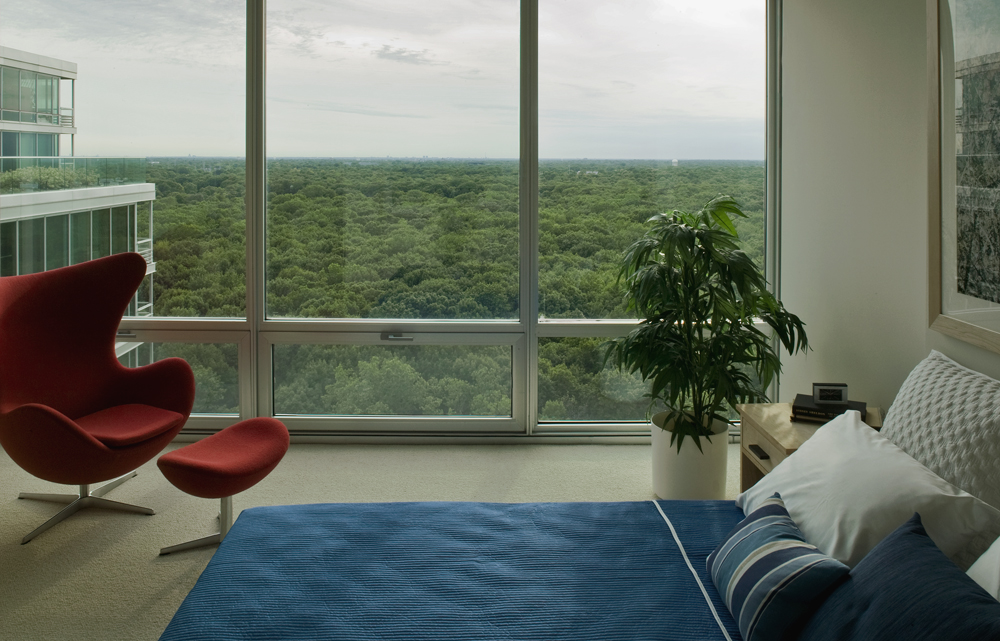
Reconvene with Nature
Nature is calling at Optima Old Orchard Woods, with floor-to-ceiling glass walls in every residence overlooking the lush trees of Harms Woods Forest Preserve. This popular forest preserve, conveniently located nextdoor, provides a gorgeous setting for casual hikers, horseback riders and cyclists alike to breathe the fresh air and convene with nature. Thanks to years of dedicated restoration efforts, visitors can also enjoy a thriving ecosystem of flora and fauna.
Discover Your Favorite Dining
Beautiful and centrally-located Downtown Skokie is host to an abundance of dining and drinking options. The diverse culture of the neighborhood brings tastes from every part of the world: Zhivago creates continental plates with a Russian twist, while Kabul cooks up stylish and classic Afghan cuisine and Libertad promises a culinary adventure into the Latin American landscape.
In Skokie, there’s always something new to discover. Stay tuned for more neighborhood spotlights on our other Optima communities.
